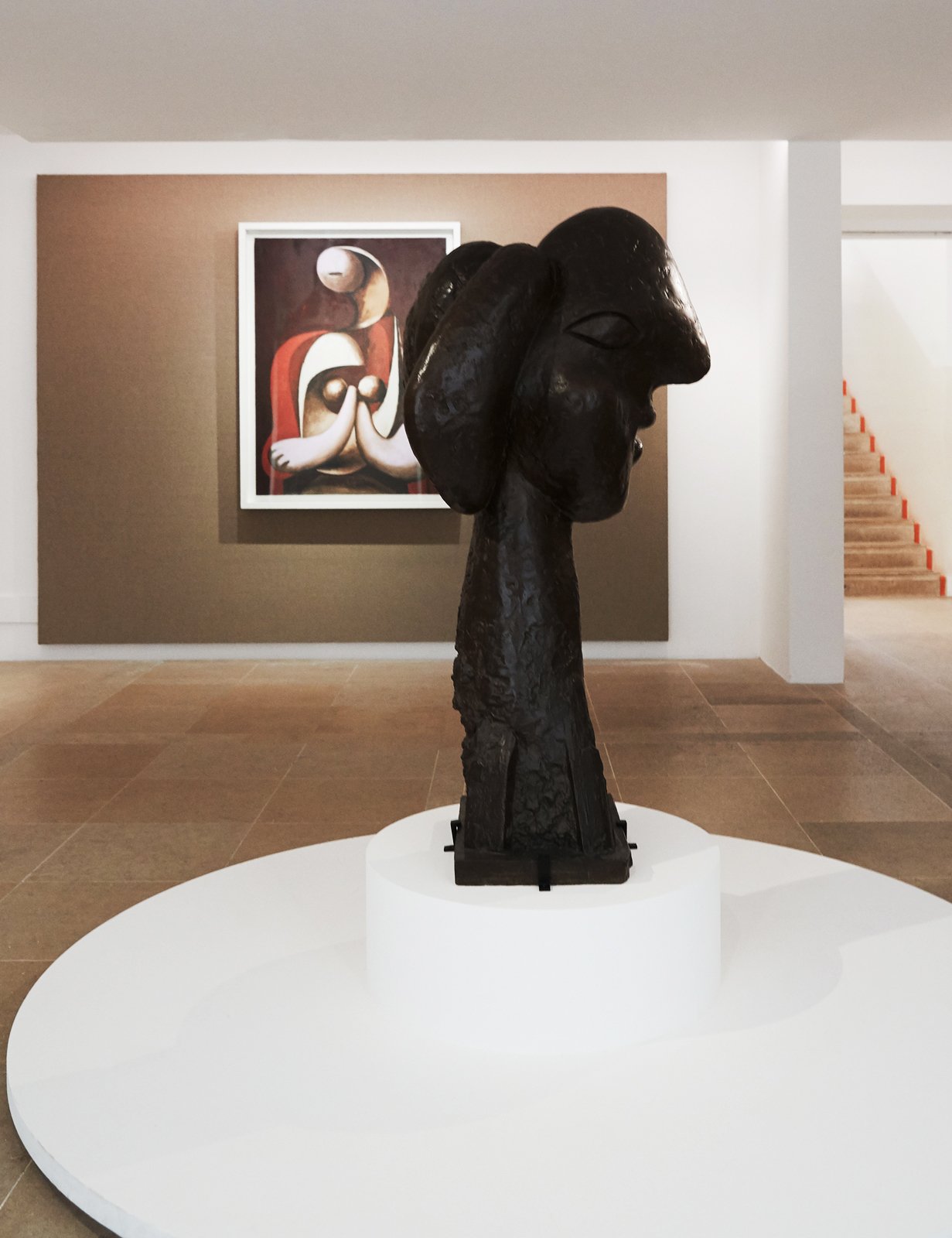Musée National Picasso
Category: Art & Architecture
Location: Paris, France
Pablo Picasso, one of the world’s most celebrated artists of all time, died in 1973.
The next year, works by Picasso were installed in Hôtel Salé, in the Marais in Paris.
The place was selected by Michel Guy, Secretary of State for Culture, and supported by Picasso’s family.
Owned by the City of Paris, the building had been awarded the Historic Monument status in 1968.
The idea was to create a historic context for the collection, deliberately juxtaposing the museum with the nascent Centre Pompidou, whose foundations were just being laid at this time.
In charge of designing the new exhibition space was the architect Roland Simounet, who was challenged by respecting the history of the space while also creating a new context for the art works.
As a solution, Simounet proposed to create a “modernist box” inside the original building, without extending the property or making unnecessary changes to its exterior.
The central staircase leads the visitor to the first floor, and from there, the exhibition route flows like a sinusoid carved with nooks and crevices.
Due to budgetary restraints, the completed renovation was in many respects different from the initial design.
Today, the museum design reflects Picasso’s different artistic periods.
His developments are mirrored in the way that the various rooms are organised. The blue period is exhibited in a blue space, and his green paintings are matched with green walls, et cetera.
It is a clever and pedagogical introduction for those that are not so familiar with Picasso’s work.
The history of Picasso’s paintings is retraced through nearly 300 paintings, from Self-portrait and La Celestina (both produced during his blue period) to the Kiss, Large Matadors and Musicians (painted in his final years).
The collection comprises over 5,000 works and tens of thousands of archived pieces.
It is the only collection in the world to present both Picasso’s complete painted, sculpted, engraved, and illustrated oeuvre.
It has expanded over the years through a series of outstanding acquisitions and is today the best place to go for a complete overview of Picasso’s life’s work.
Paris, France









